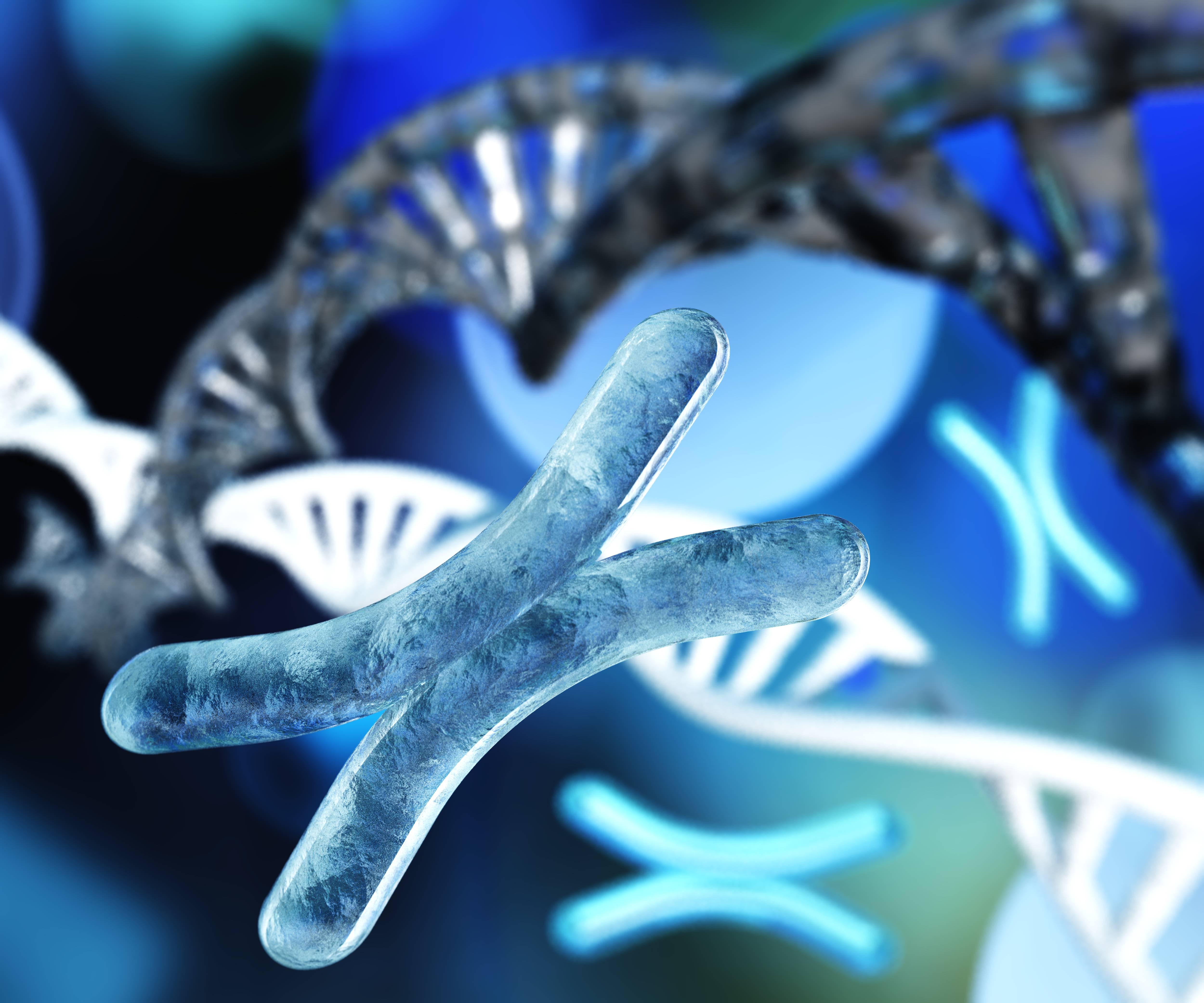
Scientists now have access to “long-read” sequencing machines that decode larger slices of genetic material at once, allowing them to fill in missing gaps accounting for roughly 400 million letters. DNA sequencing technology could only produce short fragments of genetic code, about 500 letters at a time, reports Evan Bush for NBC News. When researchers published their first draft of a human genome in the early 2000s, genetic sequencing technology was far more limited. They then employ the help of machines to read the individual letters in each snippet, which scientists try to put in the right order, according to the Guardian’s Hannah Devlin. Scientists slice the DNA into pieces ranging from hundreds to thousands of letters long. “The complete blueprint is going to revolutionize the way we think about human genomic variation, disease and evolution.”ĭeciphering a genome is a lot like putting together a puzzle. “I am thrilled that we got the job done,” Eichler says in a press release. Their work was published in the journal Science. The genome mapping effort was a collaboration of nearly 100 researchers from government, academic and private organizations, called the Telomere-to-Telomere consortium. Having a gap-free sequence of a human genome could lead to new medical discoveries and reveal clues about our evolutionary past.

“Hallelujah, we finally finished one human genome, but the best is yet to come,” says Evan Eichler, a University of Washington geneticist and one of the leaders of the mapping project, in a news briefing Thursday. Now, scientists have finally finished their quest. But the blueprint was only partially complete, missing eight percent of the genes. Around 20 years ago, researchers completed a draft of the human genome: a sequence of roughly three billion letters.


 0 kommentar(er)
0 kommentar(er)
